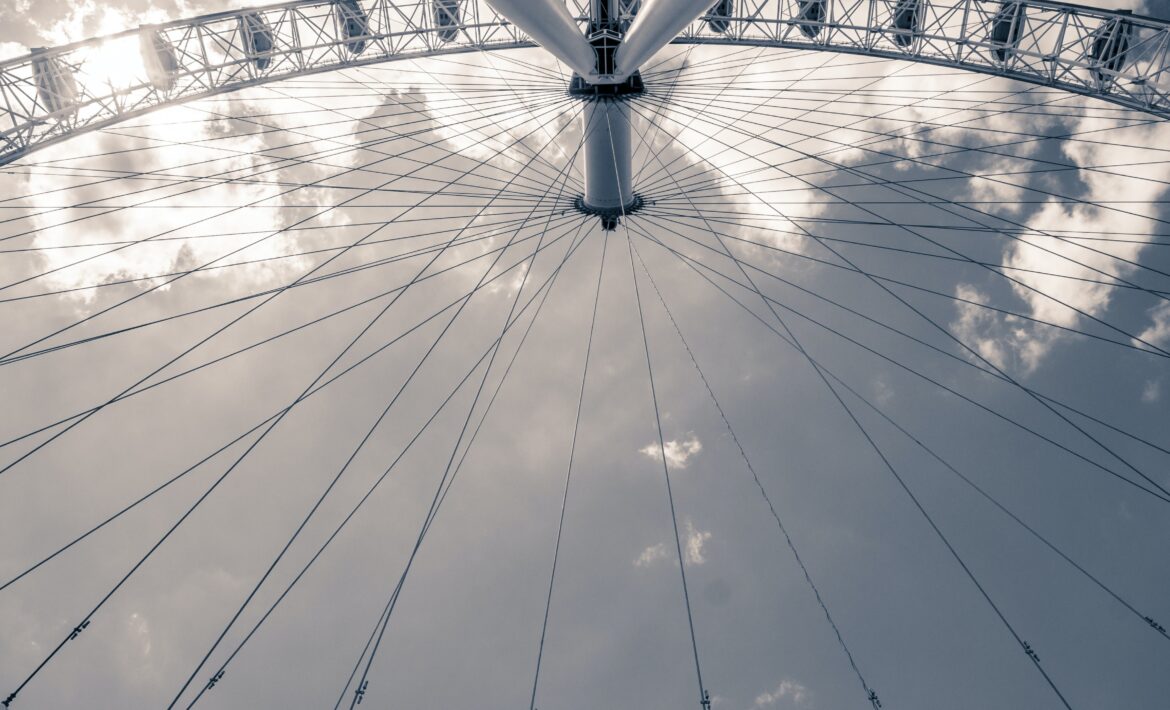
May Week: What Is It?
By Clarice Agostini
In May and June 2022, the plenary of the European Parliament will vote on the key elements of the Fit for 55 package of energy and climate legislation. Before that, the individual lead committees will vote on the proposals. Here are the proposals that are most relevant to the objectives of the legislative package:
CO2 Emission Performance Standards For Cars And Vans
The European Commission proposes to revise the Regulation (EU) 2019/631, setting more ambitious targets from 2030. The new CO2 emission reduction targets for new passenger cars and light commercial vehicles proposed by the Commission are:
- 55% for cars and 50% for vans from 1 January 2030;
- 100% for cars and vans from 1 January 2035;
- removing the incentive for zero and low emission vehicles from 2030 onwards.
In addition, the proposal aims to provide benefits to consumers from the wider uptake of zero-emission vehicles, in terms of better air quality and lower energy bills, and to stimulate innovation in this area of technology.
The measure had already received opinions from TRAN and ITRE and was assessed by ENVI on 11th May 2022. The plenary voting will take place in June 2022.
CBAM – Carbon Border Adjustment Mechanism
The proposal is to establish a carbon border adjustment mechanism to deal with greenhouse gas emissions embodied in certain goods upon their importation into the customs territory of the Union, in order to prevent the risk of carbon leakage. The new mechanism will complement the scheme established for greenhouse gas emission allowance trading within the Union by Directive 2003/87/EC and will gradually become an alternative.
The CMAB will apply to a set of goods or products derived from those goods imported from a third country into the customs territory of the Union or into the exclusive economic zone of a Member State. Exceptions are those third countries or territories that fulfil certain conditions, as assessed by the Commission.
The measure has already received an opinion from ITRE and will be assessed by ENVI on 17th May 2022. The plenary voting will take place in June 2022.
Aviation And The EU ETS
CO2 emissions from aviation have been in the EU Emissions Trading System (EU ETS) since 2012: all airlines operating in Europe are required to monitor, report and verify their emissions and surrender allowances, i.e., pay off each ton of greenhouse gas emitted in the previous year. The European Commission proposes to revise the ETS for aviation to ensure that the sector contributes to the objectives of the Fit for 55 package.
The proposed objectives are:
- contribute to the Green Deal target of reducing transport emissions
- implement the Carbon Offset and Reduction Scheme for International Aviation (CORSIA)
- maintain the route-based approach, ensuring that airlines operating flights on the same routes are treated equally;
- ETS coverage of flights within the European Economic Area, EU Outermost Regions (OMR), Switzerland and the UK
The measure has already received an opinion from TRAN and will be assessed by ENVI on 16-17th May 2022. The plenary voting will take place in June 2022.
General ETS – Increasing The Ambition Of EU Emissions Trading
The European Commission proposes to revise the EU Emissions Trading System (EU ETS) in line with the objectives of the Fit for 55 package.
The proposed objectives are:
- adapt the scheme to the new, more ambitious objectives of the package;
- incentivising the transition to cleaner technologies by putting a price on pollution in other sectors;
- reducing EU ETS sector emissions by 61% by 2030, compared to 2005 levels, an 18% increase on the current -43% target, through a one-off reduction in the overall emissions cap of 117 million allowances and an increase in the annual emissions cut to 4.2%;
- changes to free allocation in the EU ETS to ensure a smooth transition, then phasing out through full auctioning of aviation allowances;
- strengthening the market stability reserve;
- extending emissions trading to new sectors: maritime activities in the EU ETS, buildings and road transport in a new separate scheme.
The measure has already received an opinion from TRAN and will be assessed by ENVI on 17th May 2022. The plenary voting will take place in June 2022.
ESR – Increasing The Ambition Of The EU’s Effort Sharing Regulation
The current EU Effort Sharing Regulation (EU) 2018/842 sets annual targets for gas emissions for the period 2021-2030, covering emissions from sectors not currently included in the EU Emissions Trading System (EU ETS). The European Commission is proposing a number of amendments to the Effort Sharing Regulation in line with the targets set by the Fit for 55 package.
The proposed targets are:
- increasing the EU-wide emissions reduction target for effort-sharing sectors from the current 29% to 40% by 2030, compared to 2005;
- more ambitious national targets on a fair and cost-efficient basis;
- updating of flexibility mechanisms;
- contribution to the EU-wide climate neutrality target by 2050.
The proposal maintains the current architecture of the Regulation but includes adjustments so that Member States can use existing flexibilities to meet their targets, including through the establishment of an additional reserve to support them.
The measure has already received an opinion from TRAN and will be assessed by ENVI on 16-17th May 2022. The plenary voting will take place in June 2022.
SCF – Social Climate Fund
As part of the revision of the EU Emissions Trading Scheme (EU ETS), the Commission proposes to extend emissions trading to the buildings and road transport sectors. These sectors will not be covered by the current ETS but by a new and separate one. The Commission proposes a Social Climate Fund to address the social impact of the new system.
The proposed objectives are:
- financing of temporary direct income support for vulnerable households;
- measures and investments to reduce the costs of vulnerable households, micro-enterprises and transport users;
- decreasing annual cap on emissions from the above sectors, within which all allowances will be auctioned.
The size of the SCF will correspond to a share of auctioning revenues. The Fund should finance states to support measures and investments in:
- increased energy efficiency in buildings;
- decarbonisation of heating and cooling of buildings;
- integration of energy from renewable sources;
- providing better access to zero- and low-emission mobility and transport.
The measure has already received opinions from TRAN and ITRE and will be assessed by ENVI on 17th May 2022. The plenary voting will take place in June 2022.
LULUCF – Land Use, Land-Use Change and Forestry
According to LULUCF Regulation (EU) 2018/841 all sectors should contribute to the EU’s 2030 emission reduction target, including land use, forestry and agriculture. The Commission’s proposal implies a change of the regulatory framework developed in three phases. Starting from the second phase (2026-2030), an increase in carbon removals will be implemented in order to achieve climate neutrality in the above-mentioned sectors by 2035.
The more ambitious but still fair targets for individual Member States should on one hand help ecosystems to cope with the consequences of climate change by improving their resilience, and on the other hand promote the bio-economy, respecting ecological principles that favour biodiversity.
The measure has already received an opinion from TRAN and will be assessed by ENVI on 16-17th May 2022. The plenary voting will take place in May or June 2022.
The Legislative Process
How did these proposals come about and what is coming next? Policy implementation within the European Union is divided into several steps. First, the European Commission proposes public consultations on certain topics to gather the ideas and opinions of the other European institutions, Member States and other international actors. On this basis, the Commission experts will assess the consequences and make legislative proposals. This is the step of May Week, during which the Commissions will vote on the proposals.
Then the laws must be approved by both the European Parliament and the European Council, according to the principle of co-decision. If the proposal receives the approval of both, it will have to go through a second reading to be finally approved. These institutions can also review and amend the Commission’s proposals, in which case the proposals may lapse or be reworked by a conciliation committee.
All the proposals can be found on the website of the Commission [1].
[1] Delivering the European Green Deal, European Commission, https://ec.europa.eu/info/strategy/priorities-2019-2024/european-green-deal/delivering-european-green-deal_en, accessed on 29/05/2022.



